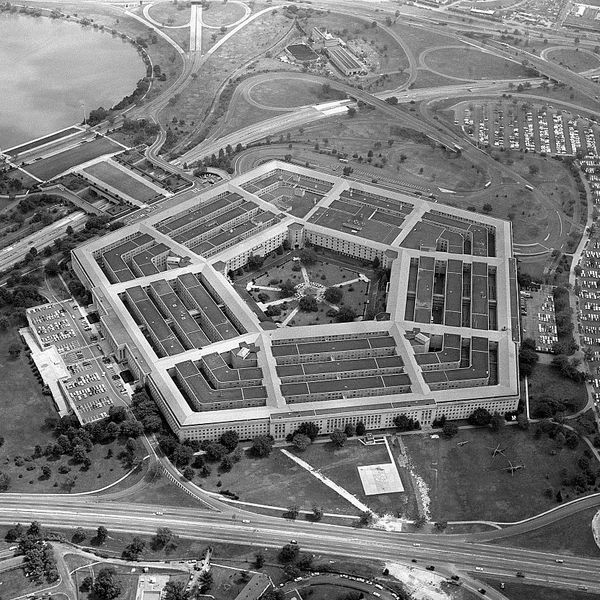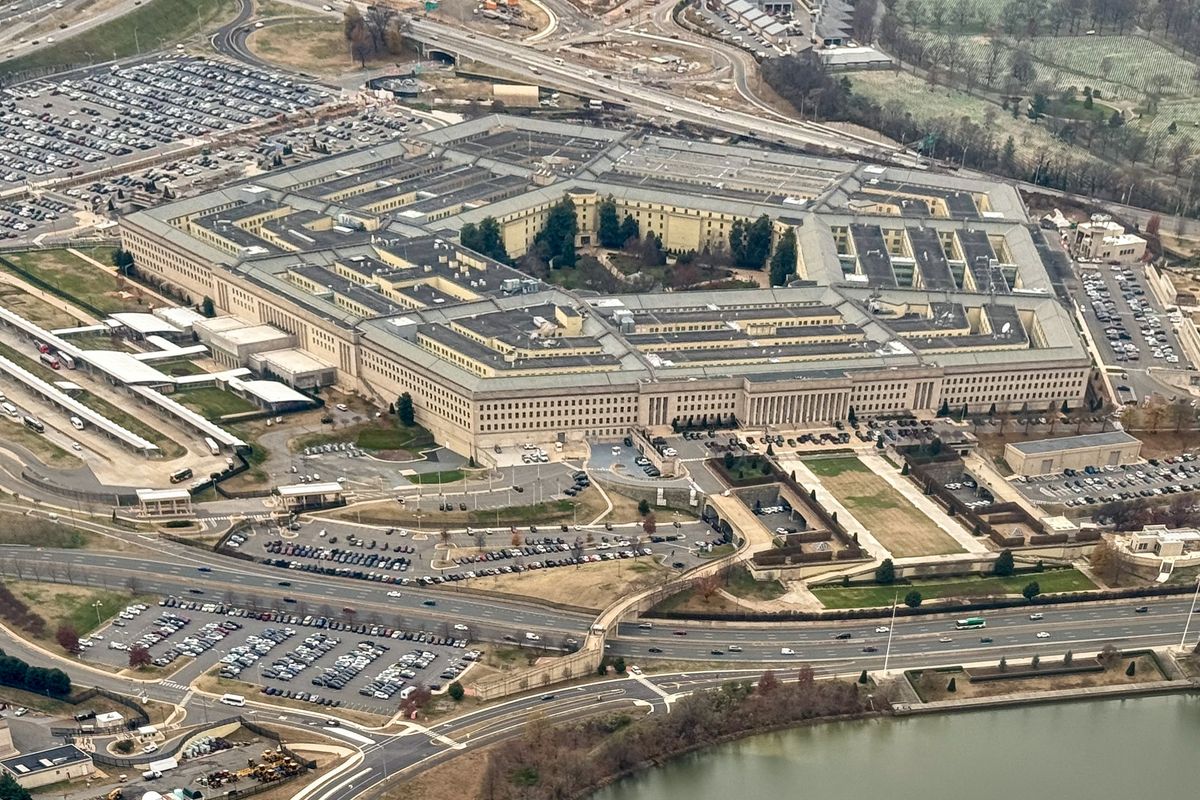Statistics show that illegal entries along the U.S.’ southwest border peaked in March 2000, with 220,063 people captured. Capture numbers have fluctuated modestly, but have been in steady decline for almost 20 years. The number of captures stood at 11,127 in April 2017, according to CBP statistics.
Despite the history and progress in “securing the border,” the statistics don’t tell the whole story of whether we have more border integrity now than ever before.
Here’s a bit of context: The Border Patrol was established in 1924 and merged with then U.S. Customs Service in 2003 during the stand up of the new Department of Homeland Security.
Michael Fisher was Chief of the U.S. Border Patrol from 2010 - 2015 and has unique perspective on the mission and measures for success.
What is the biggest challenge facing the Border Patrol?
Fisher: The biggest challenge facing the Border Patrol is achieving “complete operational control of the southern border”.
When the President signed the “Border Security and Immigration Enforcement Improvements” Executive Order on January 25, 2017, it set a standard and raised expectations for border security not seen since the 2006 Secure Fence Act. The end state, as articulated in the order, mandates nothing less than “…complete operational control of the southern border, and a strategy to obtain and maintain complete operational control of the southern border.”[1]
On the surface, the end state seems rather intuitive. As a nation, we have been wrestling with secure borders for many years; adding border security funding every decade or so whether we felt the urge or not. But perhaps achieving border security is, as the saying goes, self-evident except in its application. Why then is achieving complete operational control so difficult? The obvious reason is somewhat simplistic—we have yet to define the end state, describe when we are “winning”, and agree on how to measure border security.
Make no mistake about it, the Border Patrol has been capturing data for many years and apprehension and seizure data have historically led the way in measuring border security. However, the government has claimed “success” when the apprehension rate increases and when the apprehension rate decreases. Therein lies the fallacy.
For instance, when apprehension rates increase from one year to the next, the government claims that due to additional agents and increased technology, they are getting better at apprehending individuals that cross illegally between the port of entry, thereby increasing effectiveness of available resources and claiming success. On the other hand, if apprehensions decrease, the government claims that due to their enhanced capabilities, fewer people are attempting entry and therefore, the border is more secure. Both explanations seem independently logical but collectively dubious.
What is needed is a definitive understanding of complete operational control complete with a defined end state. Next, the government should stop measuring things “right” and start measuring the right things. For instance, increased apprehensions or decreased apprehensions are of little value unless you know the extent of all people crossing the border illegally. To do this, increasing situational awareness is paramount and this next infusion of agents and technology should go a long way to enhancing the government’s ability to detect, classify, and identify all incursions. Furthermore, the end state needs to be realistic and we should not continue making perfect the enemy of good, nor should we conflate border security with immigration policy. This time, we need to maintain a degree of discipline in our strategic thinking lest we yet again settle for nothing more than ill-defined mediocre improvements only to dust off the issue in another decade and relitigate the debate on whether our borders are secure.
[1] Border Security and Immigration Enforcement Improvements Executive Order; Section 4(d).














